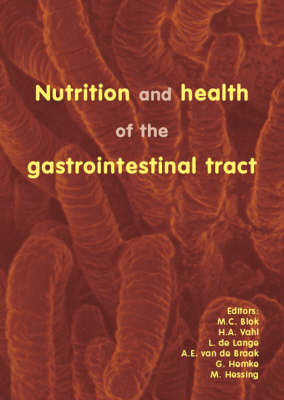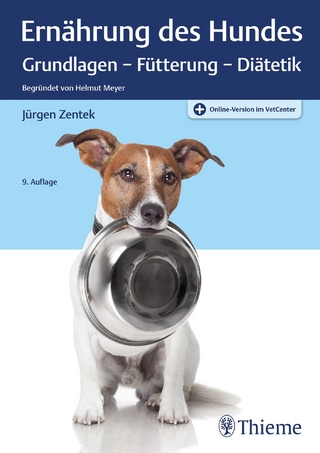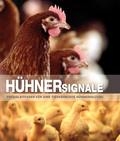
Nutrition and health of the gastrointestinal tract
Seiten
2002
Wageningen Academic Publishers (Verlag)
978-90-76998-11-4 (ISBN)
Wageningen Academic Publishers (Verlag)
978-90-76998-11-4 (ISBN)
- Keine Verlagsinformationen verfügbar
- Artikel merken
One of the main interests for animal nutrition is the relation between nutrition and gut health, especially that of the small intestine. This text deals with the question of when it can be concluded that an animal has a healthy gut. It concentrates on gut health and the importance of nutrition.
Microbial agents (particularly bacteria) represent the greatest risk to public health. The traditional end-product oriented food inspection systems are inadequate for identifying and eliminating the usually symptomless animal carriers of agents causing foodborne infections and intoxications. Modern, risk-based, prevention approaches are the only effective way to reduce the prevalence of these hazards from our foods. As an additional 'safety-valve' microbial decontamination procedures are currently being suggested and its implementation in industrial food processing has, at least in some parts of the world, met with governmental approval. The residues in foods of some non-microbial agents have more recently also caused substantial consumer disquiet. This equally applies to non-conventional foods containing GMO's.
In this publication these issues are addressed by invited expert scientists from various disciplines, many of which have key-positions in EU-funded research programmes on these very topics and/or are advisers to international public health bodies. The editors firmly believe that the very nature of the theme, the excellence of the papers and the holistic approach chosen will draw an audience from both an industry and academic background.
Microbial agents (particularly bacteria) represent the greatest risk to public health. The traditional end-product oriented food inspection systems are inadequate for identifying and eliminating the usually symptomless animal carriers of agents causing foodborne infections and intoxications. Modern, risk-based, prevention approaches are the only effective way to reduce the prevalence of these hazards from our foods. As an additional 'safety-valve' microbial decontamination procedures are currently being suggested and its implementation in industrial food processing has, at least in some parts of the world, met with governmental approval. The residues in foods of some non-microbial agents have more recently also caused substantial consumer disquiet. This equally applies to non-conventional foods containing GMO's.
In this publication these issues are addressed by invited expert scientists from various disciplines, many of which have key-positions in EU-funded research programmes on these very topics and/or are advisers to international public health bodies. The editors firmly believe that the very nature of the theme, the excellence of the papers and the holistic approach chosen will draw an audience from both an industry and academic background.
| Erscheint lt. Verlag | 30.4.2002 |
|---|---|
| Sprache | englisch |
| Maße | 170 x 240 mm |
| Gewicht | 430 g |
| Themenwelt | Veterinärmedizin ► Allgemein ► Tierernährung / Tierhaltung / Tierzucht |
| ISBN-10 | 90-76998-11-6 / 9076998116 |
| ISBN-13 | 978-90-76998-11-4 / 9789076998114 |
| Zustand | Neuware |
| Haben Sie eine Frage zum Produkt? |
Mehr entdecken
aus dem Bereich
aus dem Bereich
Grundlagen - Fütterung - Diätetik Begründet von Helmut Meyer
Buch (2022)
Thieme (Verlag)
91,00 €
Praxisleitfaden für eine tiergerechte Hühnerhaltung
Buch | Softcover (2023)
Landwirtschaftsverlag Münster
44,80 €


